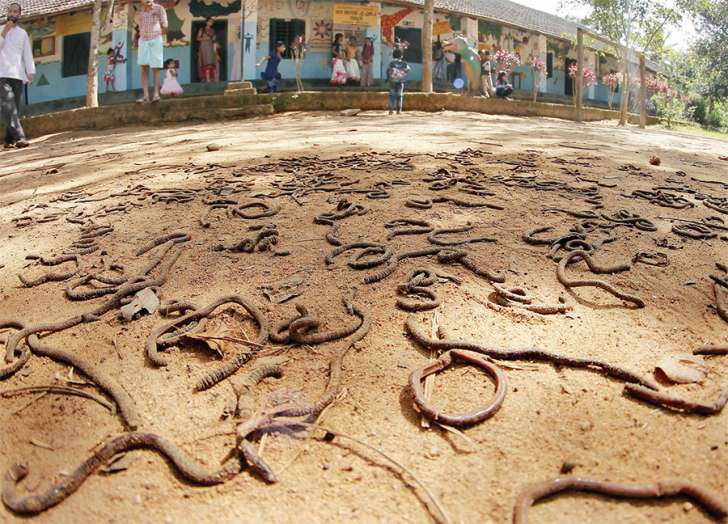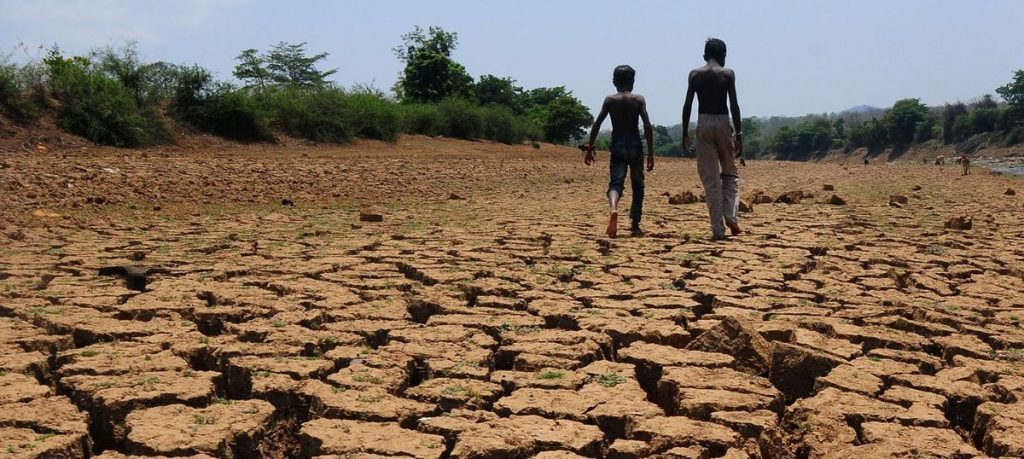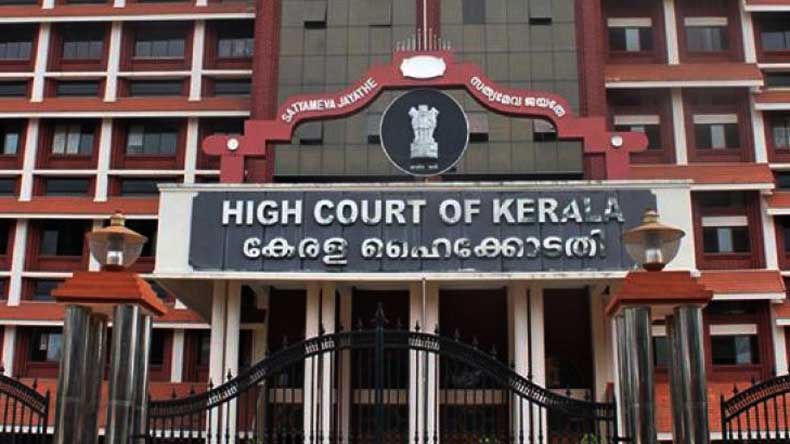Soon after the flood havoc, Kerala is witnessing strange occurrences on its land. It has been few days since the flood water receded from the flood-affected regions and some areas of Wayanad district have witnessed the mass death of earthworms. These sudden deaths of earthworms have cautioned the environmentalists and the state of some serious catastrophe.
Hundreds of earthworms are coming out of earth every day only to die on the surface in the Kolavayal region near Muttil.
“Soon after the rain stopped and the sun showed up, the earth started dry cracking unusually in many areas just as during drought. An unpredictable change is occurring in the climate and soil structure of Wayanad. The phenomenon should be considered seriously and a detailed study needs to be conducted on the same,” said P Rajendran, Associate Director of Research.

Two years back in October 2016, ‘Mathrubhumi’ had published a story on the occurrences of similar incidents in the district. After this report, the agriculture and climate scientists had inspected the region. Subsequently, the study suggested that the excess heat on the earth was causing these occurrences. Another research done by the Agricultural Research Station established the previous research conclusions.
It was termed as a sign of severe drought ahead. According to the ADR, Rajendran, the mass death of earthworms are witnessed at exactly the same spots where the earth had dry cracked two years ago.
“As soon as the rain stopped and the sun showed up, the earth started to dry crack strangely in many areas just the way it dry crack during droughts. The unforeseeable changes in climate and soil structure of Wayanad look like some alarming situation and a detailed study is needed to be conducted on it,” said P Rajendran.
Even after the heavy rainfall of 4825 mm rain within 80 days in some regions in Wayanad, the moisture from the soil has vanished. This will adversely affect the microbes in the soil and crops, said District Soil Conservative Officer PU Das. The temperature during the day is witnessed to be double the temperature during night time in Wayanad.


















